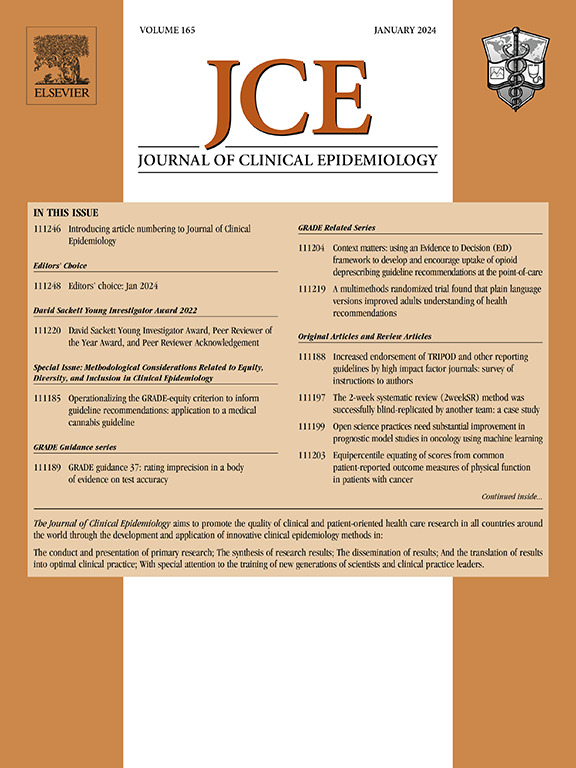暴露误分类:训练负荷和损伤观察研究中的 "不朽时间 "偏差。
IF 7.3
2区 医学
Q1 HEALTH CARE SCIENCES & SERVICES
引用次数: 0
摘要
一些关于训练负荷与受伤之间关系的观察性研究发现,低负荷时受伤的风险增加。这些关联是意料之中的,因为负荷通常是在受伤随访期结束时进行评估的。因此,在随访期较早受伤的运动员的训练负荷会系统性地低于在随访期较迟受伤的运动员。在这篇评论中,我们将这一问题归结为暴露测量与随访开始时间不一致导致的暴露误分类。这一方法学问题以前在其他流行病学领域被认为是 "不死时间偏差"。我们讨论了如何通过使负荷测量与伤害随访开始时间保持一致来防止这种偏差。本文章由计算机程序翻译,如有差异,请以英文原文为准。
Exposure misclassification: an “immortal time” bias in observational studies of training load and injury
Background
Several observational studies of the relationship between training load and injury have found increased risks of injury at low loads. These associations are expected because load is often assessed at the end of the injury follow-up period. As such, athletes who get injured earlier in the follow-up period will have systematically lower loads than athletes who get injured later in the follow-up period.
Objective
In this commentary, we identify this problem as a type of exposure misclassification occurring from the misalignment of exposure measurement and start of follow-up. This methodological issue has previously been recognized in other areas of epidemiology as “immortal time bias.”
Results and Conclusion
Similar to immortal time bias, exposure misclassification bias can be prevented by aligning the measurement of load with the start of follow-up for injury.
求助全文
通过发布文献求助,成功后即可免费获取论文全文。
去求助
来源期刊

Journal of Clinical Epidemiology
医学-公共卫生、环境卫生与职业卫生
CiteScore
12.00
自引率
6.90%
发文量
320
审稿时长
44 days
期刊介绍:
The Journal of Clinical Epidemiology strives to enhance the quality of clinical and patient-oriented healthcare research by advancing and applying innovative methods in conducting, presenting, synthesizing, disseminating, and translating research results into optimal clinical practice. Special emphasis is placed on training new generations of scientists and clinical practice leaders.
 求助内容:
求助内容: 应助结果提醒方式:
应助结果提醒方式:


